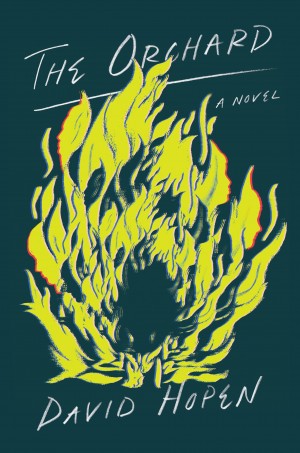In her last post, Nora Rubel wrote about keeping kosher and “keeping Jewish”. She will be blogging all week for MyJewishLearning and the Jewish Book Council.
 I just published my first book, Doubting the Devout: The Ultra-Orthodox in the Jewish American Imagination, a book which deals with contemporary tensions among American Jewry. While I was working on it, my family moved to a beautiful neighborhood in Western New York. Our house was chosen primarily for its 1930s Arts and Crafts style and charm. Sidewalks and vintage street lamps lined the street, which was in a great location.
I just published my first book, Doubting the Devout: The Ultra-Orthodox in the Jewish American Imagination, a book which deals with contemporary tensions among American Jewry. While I was working on it, my family moved to a beautiful neighborhood in Western New York. Our house was chosen primarily for its 1930s Arts and Crafts style and charm. Sidewalks and vintage street lamps lined the street, which was in a great location.
Little did I know that I was about to move into what is essentially a microcosm of American Jewry, as well as into the pages of my book. We knew that the area was a relatively Jewish one, but I think we were unprepared for quite how Jewish it was. Located within an eruv, our neighborhood is where our town’s haredi Jews live. Our particular block is made up of a mix of wig-wearing and black hat Orthodox, Modern Orthodox, and hard-core Reform and interfaith families. I know there are local Conservative Jews, but they don’t live here.
Within a short time of moving in, we became aware of the street’s character — joking that the street was so safe for the kids on Saturday because hardly anyone drove. We were soon approached by a neighbor who confided that he was relieved when he discovered that we weren’t Orthodox (too many of them already). My first impression of the street was thus one of sharp divisions, proving my book’s argument.
However, over time, I began to romanticize the pluralistic nature of my street — thinking perhaps I had overstated the original hostility I had picked up on. Many of the religious women in the neighborhood were nothing but nice to me (in spite of my nose ring and non-Jewish husband) and when the weather was nice, outdoor socializing between the various strands of the tribe was not uncommon. But as I began to become closer with these neighbors — and I started to think of many of them as friends — I learned that there are even deeper divisions beneath the Midwestern pleasantries that exist here. One woman’s skirt is too short, another’s house is not kosher enough. As an academic, I frequently critique the need for categories, yet recognize that this is still how we see the world. And the contemporary Jewish world is one framed by sharp — yet complex — categories.
There’s a house for sale on my street again, and I feel my neighbors’ eyes upon it — waiting to see who will move in (and what sort of hat the new neighbor will sport).
Nora Rubel is the author of the recently published Doubting the Devout: The Ultra-Orthodox in the Jewish American Imagination. She will be blogging here all week.
Not Kosher
Jewsteria Lane
Based on a “True” Story


